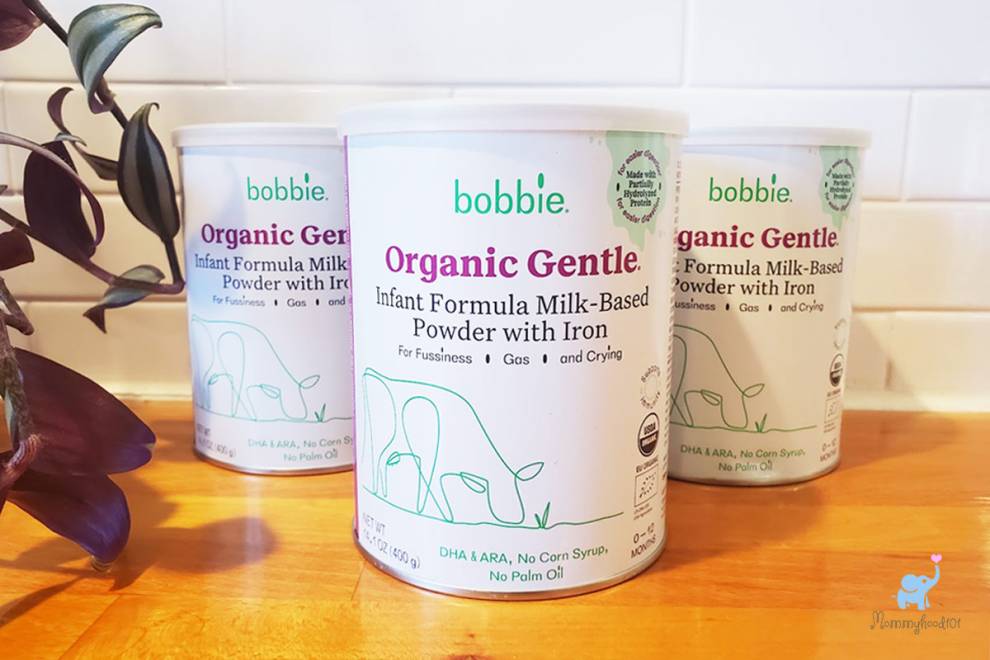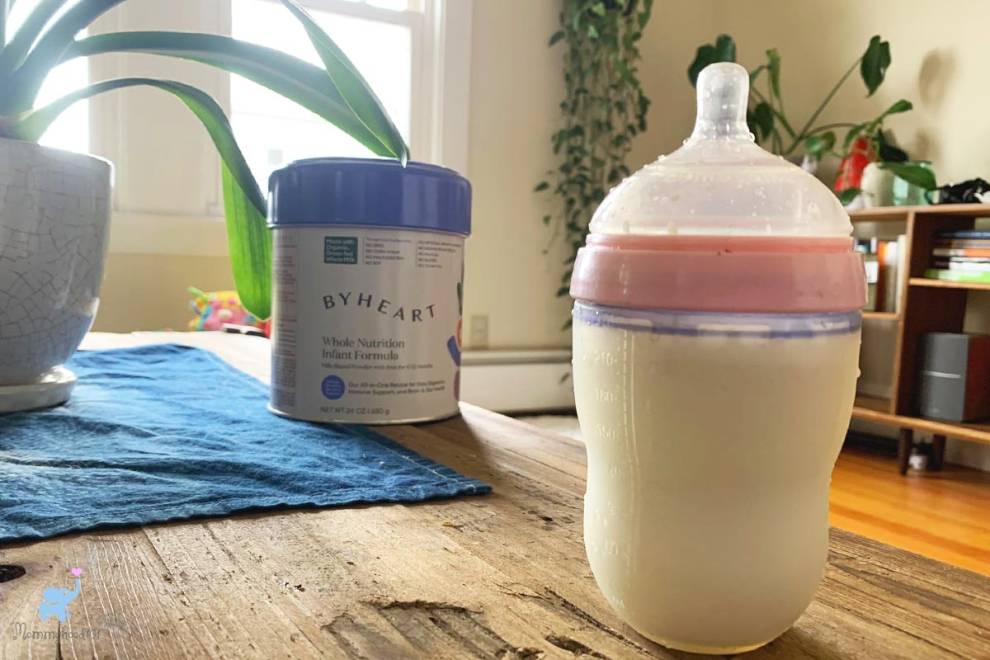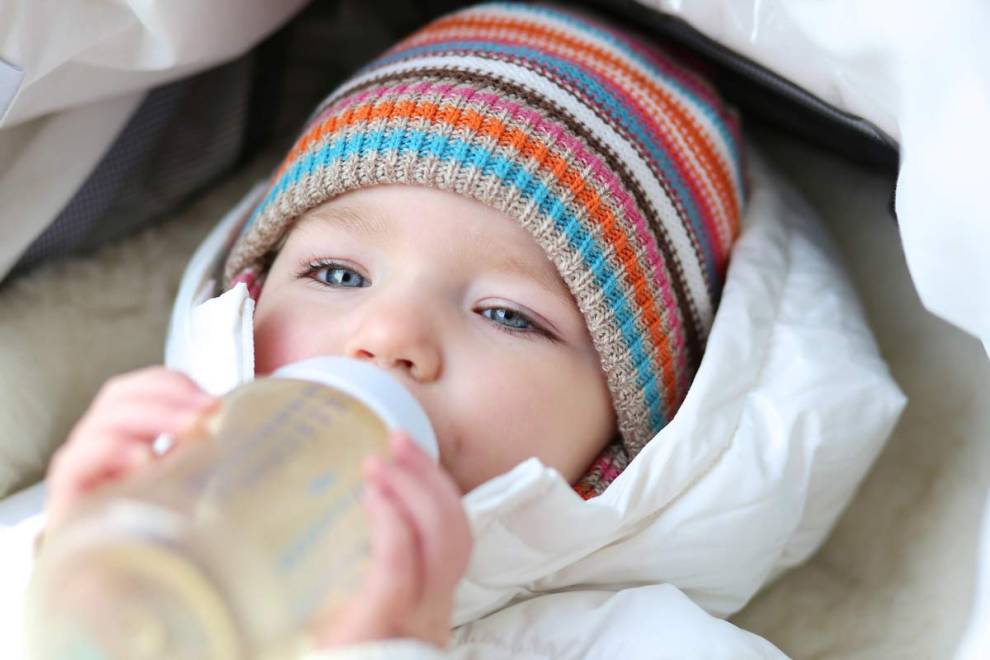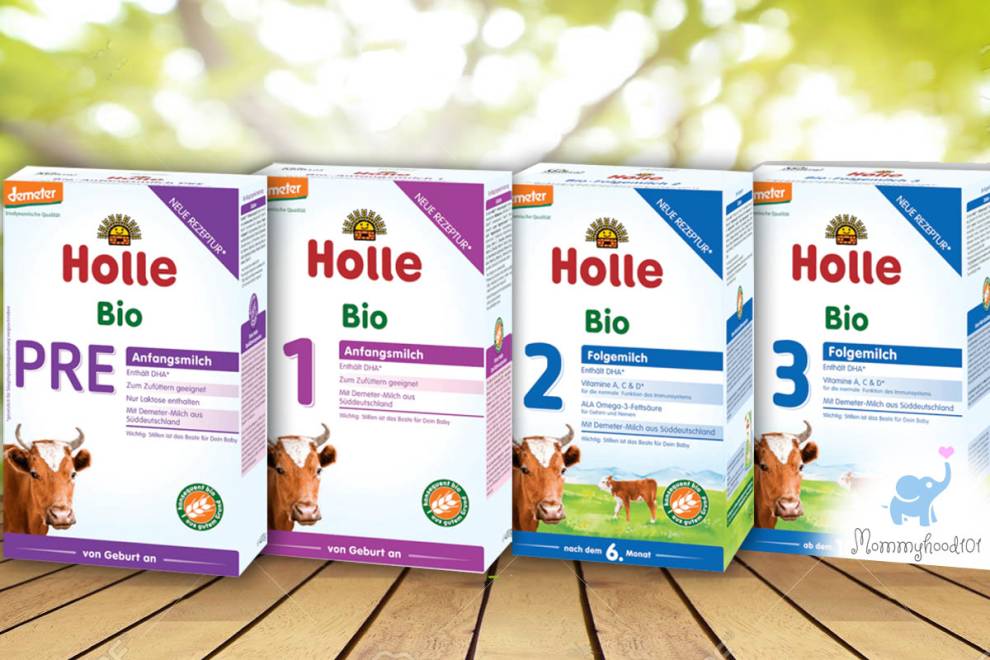No more tears: Recognizing and managing blocked tear ducts in infants.
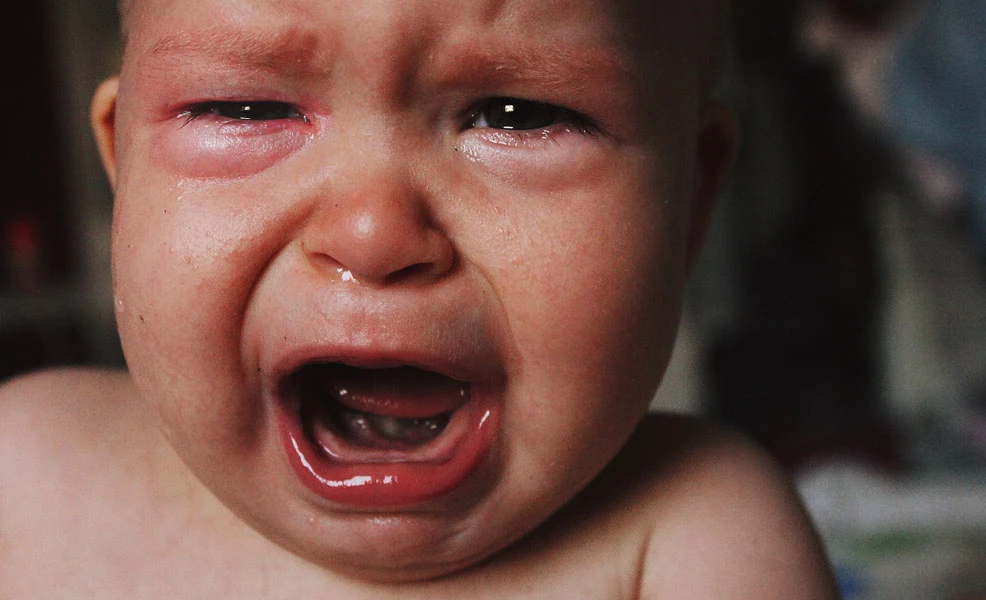
Mommyhood101 independently tests and curates baby gear to help you make informed decisions. If you buy products through links on our site, we may earn a commission.
The eyes are not only one of the most beautiful parts of your baby, but also one of the most sensitive and vulnerable to infection.
Recognizing a Blocked Tear Duct
Blocked tear ducts are quite common in newborns. In fact, 6% of all babies develop a blocked tear duct in one or both eyes.
Each of your baby's eyes has tiny tear ducts that allow tears to drain into the eyes. At birth, there is no guarantee that one or more of these tear ducts will be completely open, and even if they are open at birth they can become clogged during the first few months of life.
When this happens, it can result in some redness near the corners of the eyes (towards the nose), and a build-up of goop/gunk in that same area. Sometimes you won't know that your baby has a clogged tear duct other than the fact that he or she is not producing any tears when crying!
If a tear duct is clogged it is not allowing tears to release into the eye. The tears will then build up in the ducts and can cause an infection if not treated properly.

Treating a Baby's Blocked Tear Duct
First, use clean water on a soft cloth to wipe the goop/gunk out of your baby's eye. As an easy rule, do this every time you change your baby's diaper (or about 10 times a day).
Second, you can massage your baby's tear ducts. The tear ducts can sometimes become unblocked if you gently massage from the corner of the eye towards the nose. Use gentle pressure with a clean fingertip.
Third, you can place a couple drops of breast milk into the corner of the eye near the nose; do this 4-6 times a day, and you will be able to benefit from the antibiotic properties of your breast milk. Also, Ocusoft makes baby eyelid and eyelash cleaner, which can be very helpful.
Fourth, see your doctor! Advice on any website is not a substitute for visiting your doctor and getting the advice of a trained expert! Your doctor can also advise you on additional treatment options, such as ointments and manual draining procedures.







